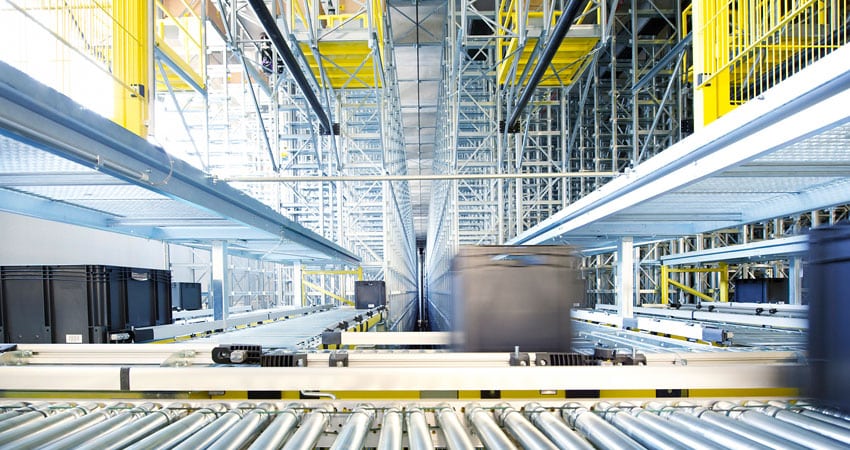While automation is speeding up and optimizing so many aspects of the retail supply chain, companies should look for process changes before making major technology investments in warehouse automation, attendees were told at last week’s Parcel Forum in Nashville.
“You can do things to analyze past performance, such as reviewing your inbound and outbound order profiles,” said Chris Elliott, a consulting manager with supply chain advisors Blue Horseshoe. “For instance, are you able to batch pick individual orders before adding any technology? You can also look at things like automating your data collection and reporting, including real-time dashboards, and implement gamification to incent associate performance.”
Elliott walked through a methodology he called ARM, for analyzing current state and future needs, retrofitting existing systems and as a last step, modernizing or upgrading through warehouse automation.
When companies have exhausted other alternatives and are ready to look to automated solutions, Elliott said today’s voice picking systems, for instance, can enable productivity gains of up to 20% in common DC tasks like order picking. Robotic systems, however, can bump up productivity from 20% to as much as 50%, he said, and the capital costs are coming down.
“A robot can cost the equivalent of one to two full-time employees and do things like inducting items into a sorter, or pick and pack,” he said. “So instead of having a person at each pack station, you can use a mix of robotic arms and people as floaters in pack stations dealing with problems. Think of it like the modern grocery store and self-checkout aisles.”
While robotic arms can be integrated fairly easily with existing systems (WMS, WCS, WES), Elliott said, autonomous guided vehicles (AGVs) take a bit more work. He added that while there are concerns raised about robotics and automation eliminating jobs in DCs and FCs, they’re really being used to fill in labor gaps in an extremely tight market for fulfillment personnel.
“Now the concern is not about putting people in the streets like in the 1990s and 2000s,” he said. “Today it’s more about not spending your time and money acquiring new labor.”
Whatever kind of warehouse automation a company chooses, Elliott said, it needs to be able to communicate in real time to warehouse systems as well as to ERP software, to enable higher-efficiency continuous wave picking vs. batch picking, whether systems are on premise or in the cloud. Wave picking is growing in popularity at companies like American Eagle Outfitters, due to its ability to turn orders faster and draw from a single pool of inventory for omnichannel operations.
Some other technology advances happening in ecommerce fulfillment, according to Elliott:
- Companies are beginning to use smart system connections via Internet of Things (IoT) technology to handle things like reporting stock-outs and tracking safety stock levels. It’s also used for proactive system maintenance, so machines can be fixed before they break down and cause operational downtime.
- Artificial intelligence is being used for applications like notifications on order status and delivery. “Customers can talk to AI, and a human gets involved only if it’s an issue AI can’t resolve,” Elliott said.

